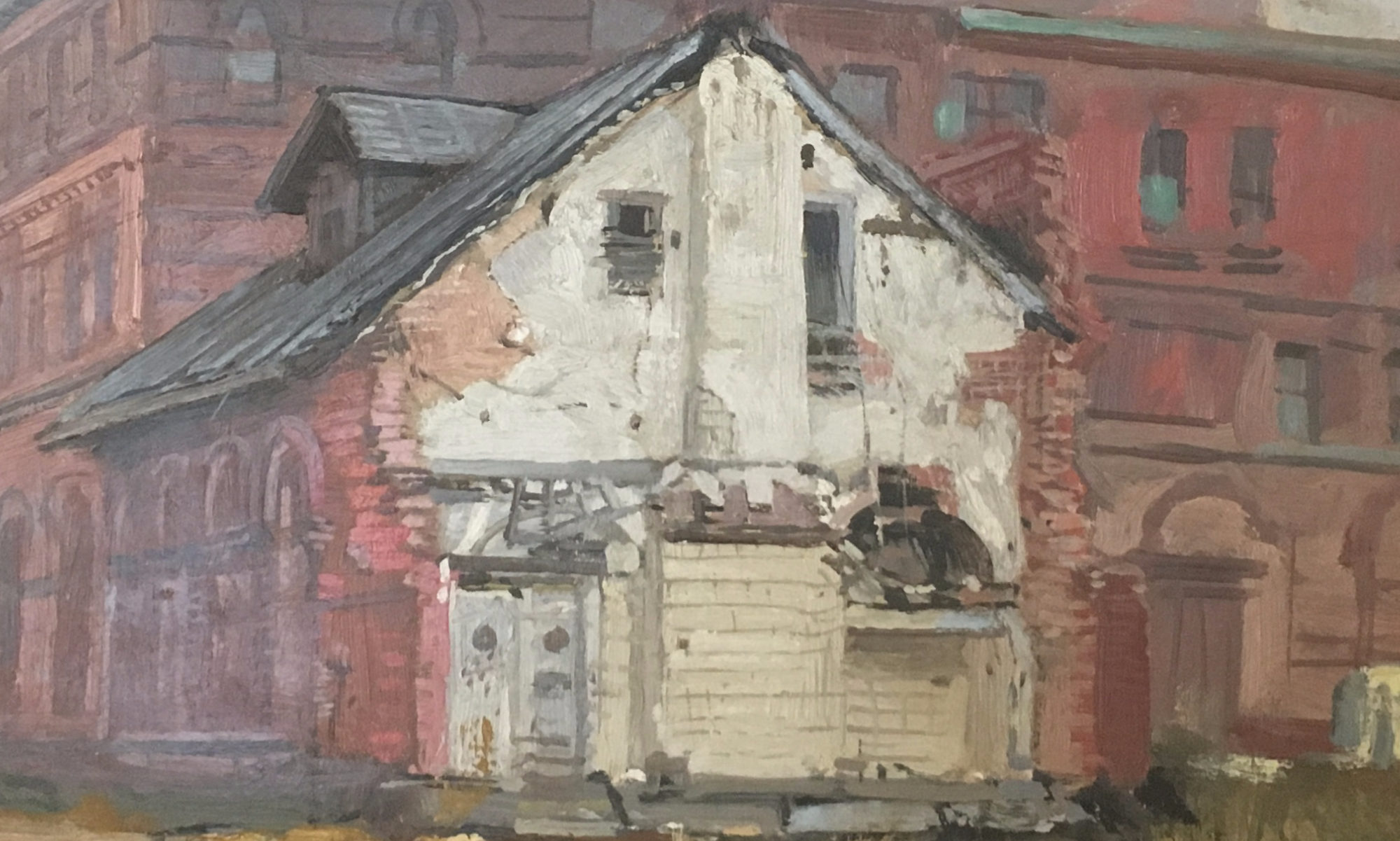Last week a painting by Chicago artist Kerry James Marshall was sold at Sotheby’s for $21.5 million (see the story in the Chicago Tribune). This is a testament to both the quality of the art itself, the heightened appreciation for African American art (see my blog on that topic here) and the fickle nature of the art market, where a painting can increase in value by 84,000 percent in just 20 years — it had been purchased for just $25,000 in 1997. Now it’s headed to P. Diddy’s wall.
Underappreciated artists abound, and their work often languishes for years before the greater world develops a taste for their work or simply sees the work for the first time and discovers that it is fresh or original. This was clearly the case for Vivian Meier, a Chicago area nanny whose photographs stunned many since her negatives were unearthed and developed about 10 years ago.
Curt Frankenstein (1920-2009) is another Chicago area artist whose work has a strong following but possibly not as much as it deserves. As a teenager in World War II, he fled from Germany to Shanghai, China, where he began selling his paintings to survive. After eventually moving to Chicago in 1947, he received formal training and began work as an illustrator. That skill is evident in his humorous, highly skilled etchings and prints. He later began to “create imaginative paintings” which could be classified as surreal.
 Curt Frankenstein Etching, The Drop-Out
Curt Frankenstein Etching, The Drop-Out
 Curt Frankenstein etching, A Shot of Red Tape
Curt Frankenstein etching, A Shot of Red Tape
 Curt Frankenstein, Seascape, Oil on Canvas
Curt Frankenstein, Seascape, Oil on Canvas
 Curt Frankenstein, Still Life, Oil on Canvas
Curt Frankenstein, Still Life, Oil on Canvas
 Curt Frankenstein lithograph, The Path of Perception and the Path of Illusion
Curt Frankenstein lithograph, The Path of Perception and the Path of Illusion
 Curt Frankenstein lithograph, Landscape of the Inner Eye
Curt Frankenstein lithograph, Landscape of the Inner Eye
What makes Frankenstein exceptional to me is the extreme diversity of his work. His etchings have a cutting humor, sometimes political in nature, and they are more in the vein of illustration art. Meanwhile, his oil paintings run the gamut of still lifes, surreal landscapes, seascapes, and portraits. I think a great number of artists tend to focus on a narrow range of subjects, while Frankenstein was open to anything – a trait which probably hurts his marketability, since some people view him more as an illustrator than a painter, and vice versa.
Still – Frankenstein has a bit of a cult following. I’ve got a few of his pieces, including a fantastic large seascape and a still life – both atypical but evidence of the strong diversity of his work.
